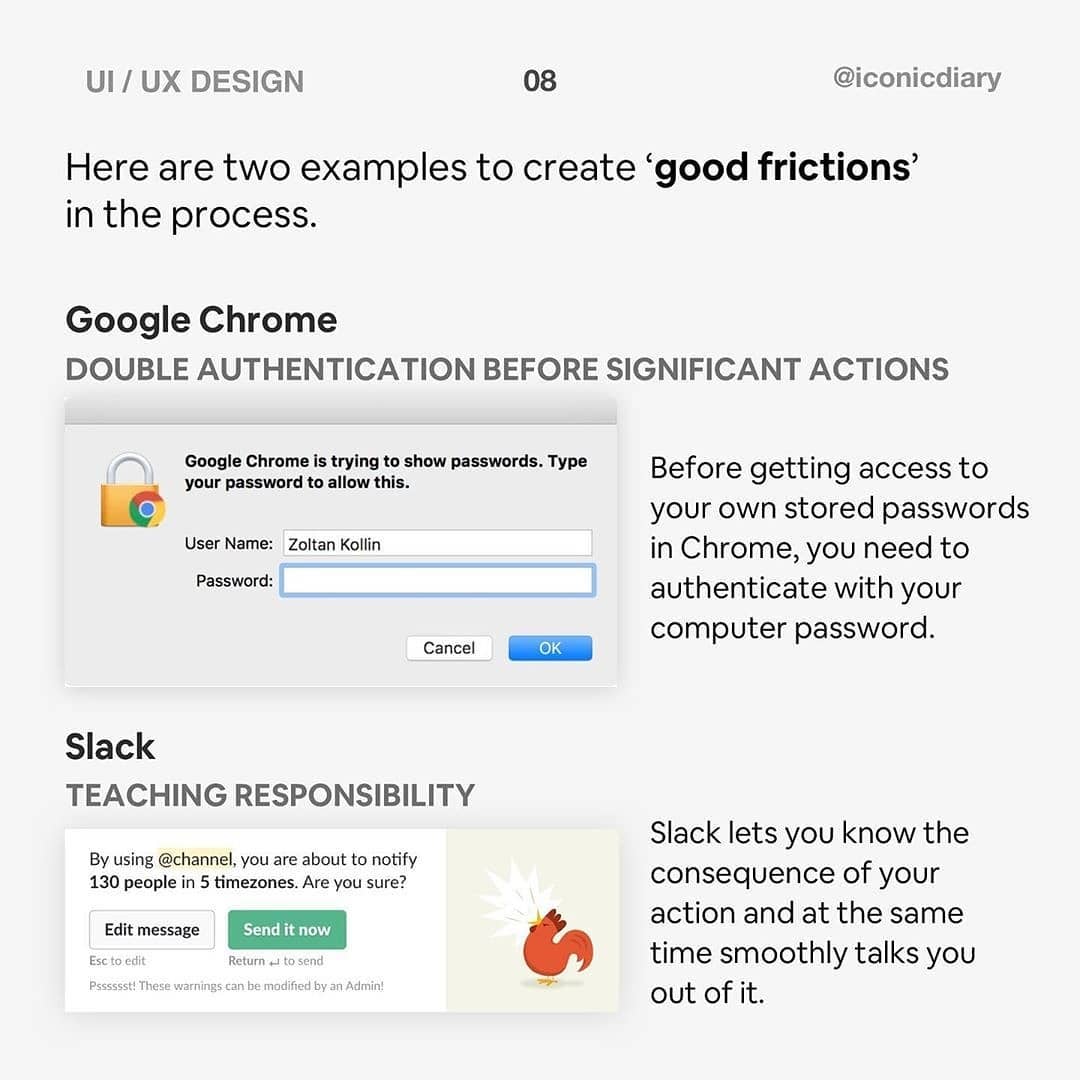Cognitive Psychology in UX VOLUME 001 - Cognitive Barrier
Cognitive Psychology in UX
VOLUME 001 - Cognitive Barrier
There's a ton of psychological principles that fall under the umbrella of cognition.
Understand the following principles associated with these two areas: Cognitive barrier and Cognitive load, will bring your UX design to the next level.
I’ll be focusing on Cognitive Barrier in this post.
Cognitive Barrier
Barrier #1: Number of steps Avoid unnecessary steps. Eliminate all redundancies that could be cluttering up working memory. However, it’s also important to strike the right balance between number, length, and difficulty of the steps.
Barrier #2: Length of steps
Just like the number of steps, we can not adopt a blanket rule that shorter steps make better experiences when in some cases, getting a large portion of a task done upfront might provide a better experience overall.
Barrier #3: Difficulty of steps The perceived difficulty of a step is subjective. Generally speaking, easy steps are better; however, users do tend to develop a greater sense of loyalty toward experiences they’ve invested time into as opposed to experiences that are seen as too easy. Remember, users will be more likely to complete difficult steps if they understand why the step needs to be so difficult.
Check the principles to reduce Cognitive Barriers next time when you’re making the design decisions :)
😉
I hope enjoy this post! The next post I will share about some rules related to Cognitive load!














